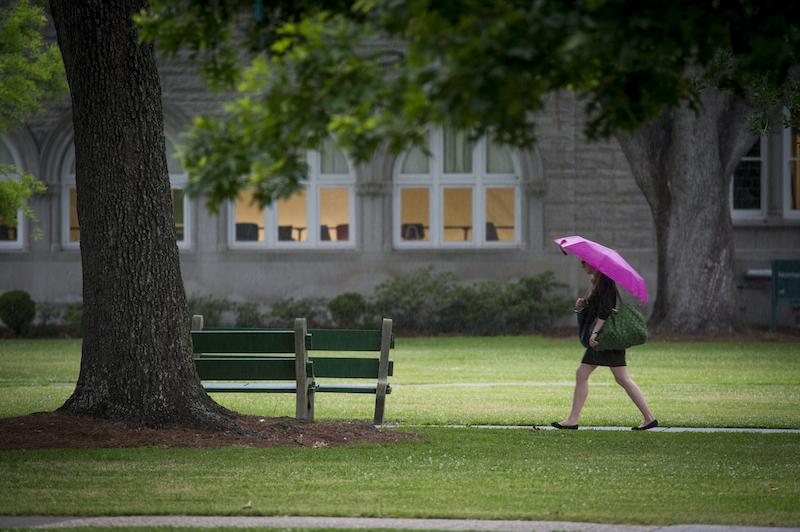Tulane strengthens resilience for 2024 hurricane season
Major increases in backup energy capacity and other operational enhancements have made Tulane one of the most resilient college campuses in the United States as it heads into the peak of the 2024 hurricane season.
While not the top hurricane-prone U.S. city – Miami, Key West, Cape Hatteras and Tampa all experience major storms more frequently – major hurricanes that have hit the New Orleans area have inspired constant vigilance and hardening of the campus and city.
“Tulane University is battle-tested and prepared for hurricane season,” said Patrick Norton, Tulane’s senior vice president, chief operating officer and treasurer. “First and foremost, we know requiring personal evacuation plans is the best way to protect our students, faculty and staff. Operationally, especially in the areas of energy infrastructure and data protection, we are also stronger and more resilient than ever before.”
“Tulane University is battle-tested and prepared for hurricane season.”
Patrick Norton, senior vice president, chief operating officer and treasurer
As outlined in this recent community-wide email, Tulane requires that all students, faculty and staff have personal evacuation plans. Backup power is provided for shelter-in-place scenarios and to protect buildings containing vital equipment, temperature-sensitive research or other critical assets.
With recent upgrades Tulane has added 16 megawatts of backup power to its uptown and downtown campuses, a major enhancement that will enable the university to better maintain its operational integrity, safety and security during and after a hurricane or tropical storm.
In addition, Tulane’s data center, which houses the information technology resources necessary to keep the university running, has been moved to Ashburn, Virginia. This relocation will protect sensitive and critical data and ensure continuous operation in the event of a storm.
These energy-based improvements are part of a 30-year partnership with Bernhard – one of the country’s largest energy infrastructure firms – to strengthen Tulane campuses in a financially and environmentlly responsible way.
The core improvements include:
• Back-up power for most buildings on the uptown campus, either through their own generators or through full-building generator power. (A full-building generator powers the entire building, including all systems and appliances, while a building with its own generator may only power critical or select areas of the building.) Buildings with full-building generator power include all residence halls, all science and engineering buildings, the Student Health Center, the Howard-Tilton Memorial Library, the Reily Student Recreation Center, Weinmann Hall and the Goldring/Woldenberg Business Complex. Buildings with their own generators include the Malkin Sacks Commons, the Lavin-Bernick Center for University Life, McAlister Auditorium and Dixon Hall.
• Downtown buildings with backup power include the Hutchinson Memorial Building, the J. Bennett Johnston Building, the Laboratory for Environmental Research, Deming Pavilion, Tulane Medical Center and 1555 Poydras.
• A small number of buildings, both uptown and downtown, are equipped with limited backup power. These include Yulman Stadium, Turchin Stadium, the Tidewater Building, the Murphy Building, and Thirteen15 Gravier (including the Tulane University Innovation Institute and Chapter IV restaurant).
• A handful of buildings on the Gibson and Newcomb quads uptown do not have backup power in the event of a power outage. On the downtown campus, Elks Place and the McMahon Building also do not have backup power.
• The Tulane National Primate Research Center (TNPRC) in Covington has 19 generators that provide 100% backup energy in the event of a power failure. Bernhard is working on an additional generator that will be a backup for the center’s Regional Biocontainment Laboratory. TNPRC also has an additional generator that will become the primary generator for the campus's artisan well, which provides water to the center. This additional generator can be used as a secondary power source should the new primary generator go down.

